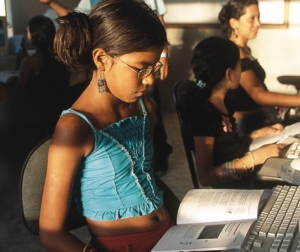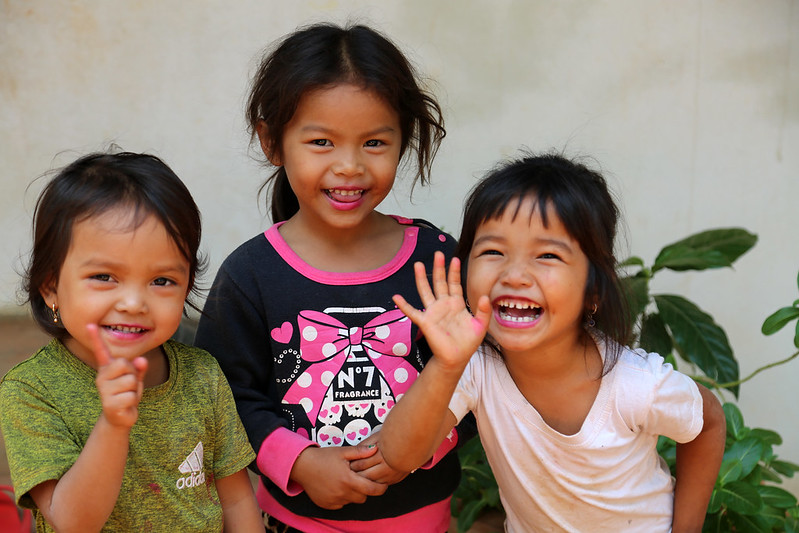 Poverty in Cambodia, deeply rooted in the Communist values of the Khmer Rouge and a long history of conflict, disproportionately affects the country’s youth. They must cope with scarce resources, limited shelter and few educational opportunities. A third of Cambodia’s youth suffer from hunger-induced stunted growth and related illnesses. Common diseases among these young people include malaria, which stems from unclean drinking water, respiratory infections and diarrheal diseases. Often due to dehydration, the latter could be mitigated with basic oral hydration therapy that remains out of reach for many communities.
Poverty in Cambodia, deeply rooted in the Communist values of the Khmer Rouge and a long history of conflict, disproportionately affects the country’s youth. They must cope with scarce resources, limited shelter and few educational opportunities. A third of Cambodia’s youth suffer from hunger-induced stunted growth and related illnesses. Common diseases among these young people include malaria, which stems from unclean drinking water, respiratory infections and diarrheal diseases. Often due to dehydration, the latter could be mitigated with basic oral hydration therapy that remains out of reach for many communities.
Less than half of the youth in Cambodia receive a comprehensive education. Generational poverty compels older children and teenagers to start working immediately after primary school, perpetuating the cycle of poverty. The scarcity of teachers and inadequate governmental infrastructure further hinder access to quality education, which is crucial for pursuing successful careers and futures beyond Cambodia’s borders. Additionally, the high student-to-teacher ratio limits personalized attention and academic support. Many students in rural areas also lack the transportation needed to reach government schools, leaving them with options like work training, homeschooling or no education.
Givelight Foundation’s Role in Supporting Orphans
Recently, a representative from the Givelight Foundation, who preferred to remain anonymous, shared insights with The Borgen Project about the organization’s efforts in Cambodia. This nonprofit organization focuses on providing shelter and support to orphans across the country. Since opening a large orphanage in Cambodia in 2013, it now cares for more than 70 children. The representative described the acute challenges these children face, highlighting the scarcity of essential resources.
Anonymous shared that the children in the orphanage undergo thorough vetting and typically come from single-parent households or have no parents at all. Many enter the orphanage because their surviving parents cannot financially support them due to job insecurity, illness or unsafe living conditions. She also shared insights into the children’s daily activities and interests at home in Cambodia. The children enjoy participating in group games led by team leaders and supervisors. They are particularly keen on learning new Western games like Simon Says and various dance moves and they also love drawing, coloring and writing short stories and poetry.
Educational and Health Care Support
The orphanage has dedicated space specifically for learning, equipped with all necessary educational resources, including books that match the academic level of the children. It also provides school uniforms, textbooks, meals and writing materials to support their educational journey. After completing secondary education, children are encouraged to pursue higher studies with the help of available scholarships. On the health care front, the orphanage ensures that each child receives a monthly stipend to cover health-related needs. Due to stringent sanitation measures and routine vaccinations, most children remain healthy throughout the year. The stipend is distributed equally among all children, ensuring consistent support regardless of individual health changes.
Establishment and Expansion of the Orphanage
Despite numerous challenges in developing countries, Givelight and similar organizations strive to deliver comprehensive education and essential resources to children, aiming to break the cycle of poverty. Givelight operates in 13 countries and supports more than 1,000 orphans. Anonymous detailed the development of its facility in Cambodia, established in 2013, starting with a land donation that facilitated the registration of Givelight as a nonprofit. Identifying orphans in need within the region soon followed.
The organization then repurposed 2 hectares of rubber plantations for the orphanage, renovating the space to meet the children’s needs. She highlighted that this was one of Givelight’s initial projects and spurred further global expansion due to the clear need in various communities. The Cambodia orphanage has grown significantly with the support of full-time supervisors and teachers. Initially supporting 50 children, it has expanded its capacity and funding to accommodate more than 70 orphans, continuously enhancing their educational opportunities.
Additional Support for Cambodian Youth
Many organizations support marginalized youth, including Empowering Youth in Cambodia, which offers free quality education in Phnom Penh, Cambodia. Serving students aged 6 to 24, the organization operates three community centers providing English and coding classes, libraries, scholarships and job training and placement. It emphasizes personal development through sports, art, music and leadership camps while also engaging in community outreach. Each school features a medical clinic accessible to the community and collaborates with local family planning clinics to assist women in the area.
Organizations like Caring for Cambodia run programs focused on providing food to youth in need. The Food for Thought initiative serves two daily meals to students enrolled in Caring for Cambodia’s educational programs. These meals encourage parents to send their children to school and significantly improve students’ focus in class. The meals typically include Manna Packs of fortified rice and protein, enhanced with fish sauce containing added vitamins and locally grown vegetables to boost nutritional value. These well-planned meals play a critical role in addressing widespread malnutrition among Cambodian youth.
Looking Ahead
Organizations supporting Cambodian youth are fostering critical changes by enhancing access to education, health care and nutritional support. Their initiatives provide vulnerable children with the resources needed to pursue better opportunities and escape poverty. By creating sustainable programs tailored to local needs, these ongoing efforts build a foundation for long-term community development and improved living conditions for future generations.
– Sophia Kharal
Sophia is based in San Jose, CA, USA and focuses on Good News and Global Health for The Borgen Project.
Photo: Flickr
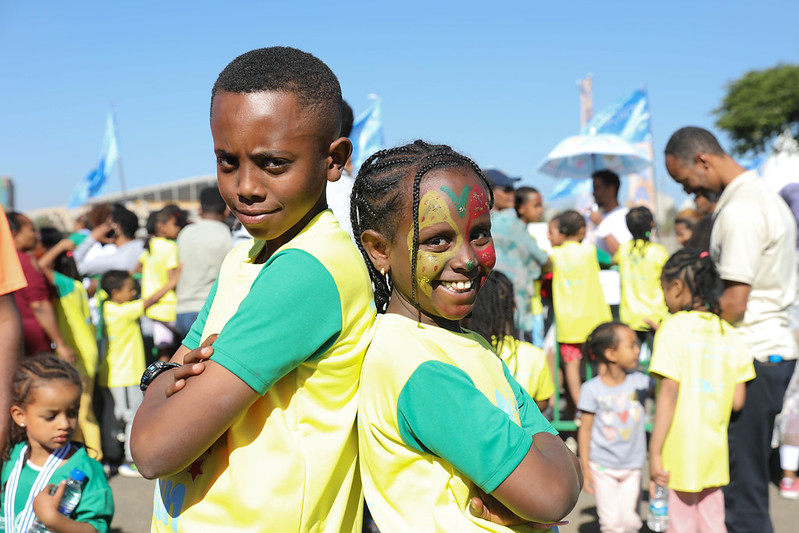 With an
With an 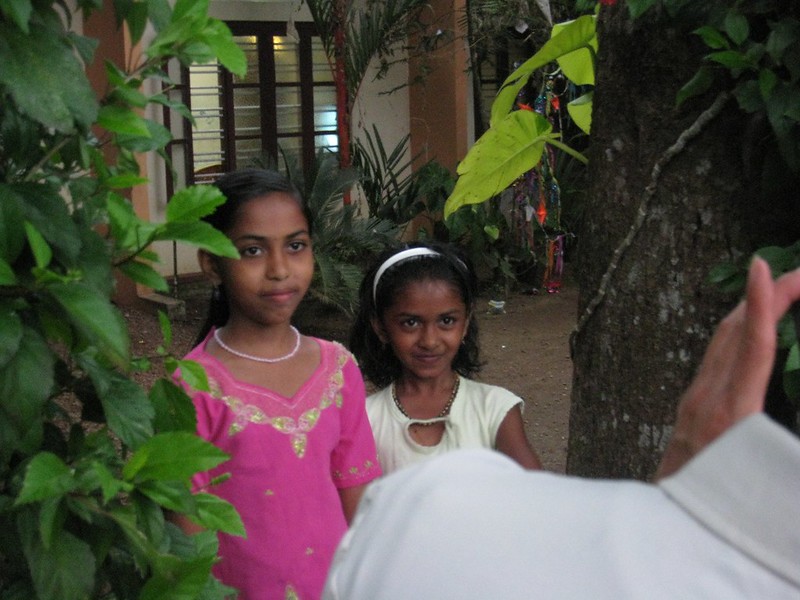 Kerala, situated in the linguistic-cultural region of South India, ranks as the ninth-largest economy in India, with an annual gross state
Kerala, situated in the linguistic-cultural region of South India, ranks as the ninth-largest economy in India, with an annual gross state 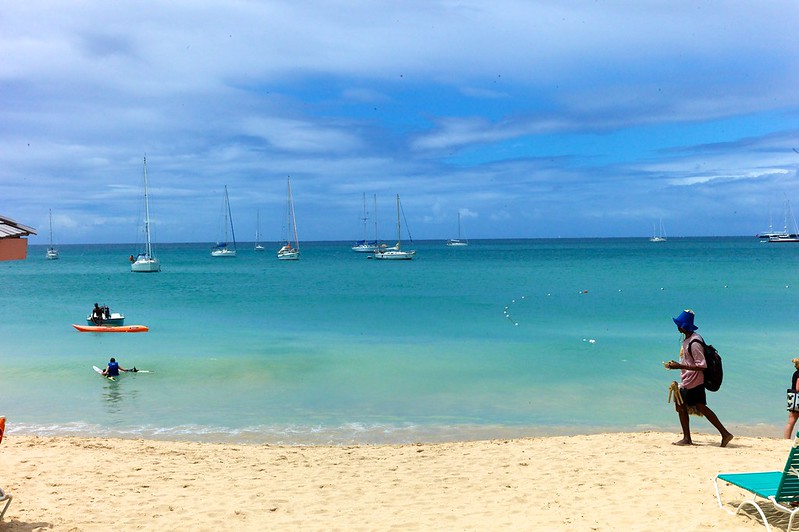 An island country in the Caribbean
An island country in the Caribbean 

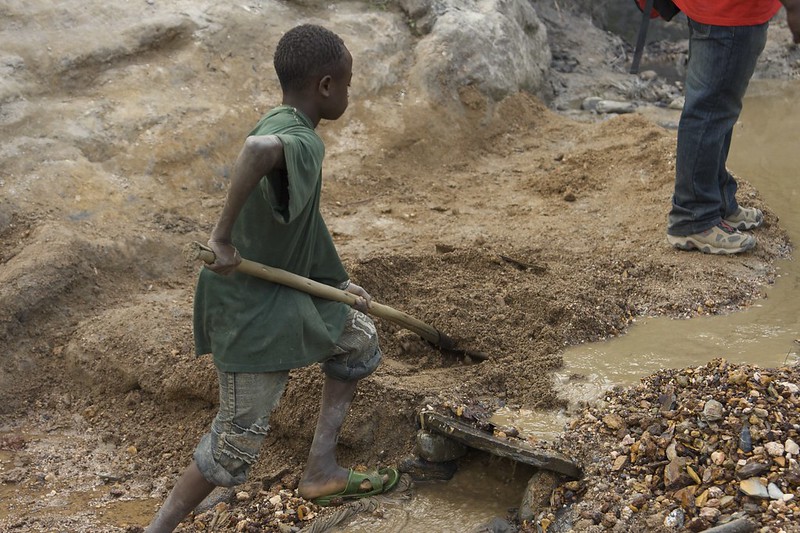 For
For  Poverty in
Poverty in 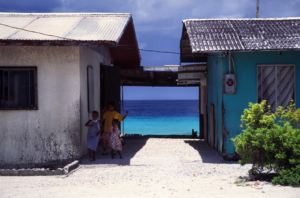 The Marshall Islands are roughly between Hawaii and Australia in the Pacific Ocean. Child poverty in the Marshall Islands has been an issue that usually is ignored by the global community. Most children living in these islands face significant challenges in achieving adequate development due to limited access to health care. Poor education, maternal health challenges and malnutrition (35%) are some of the most common factors when talking about child poverty in the region.
The Marshall Islands are roughly between Hawaii and Australia in the Pacific Ocean. Child poverty in the Marshall Islands has been an issue that usually is ignored by the global community. Most children living in these islands face significant challenges in achieving adequate development due to limited access to health care. Poor education, maternal health challenges and malnutrition (35%) are some of the most common factors when talking about child poverty in the region.